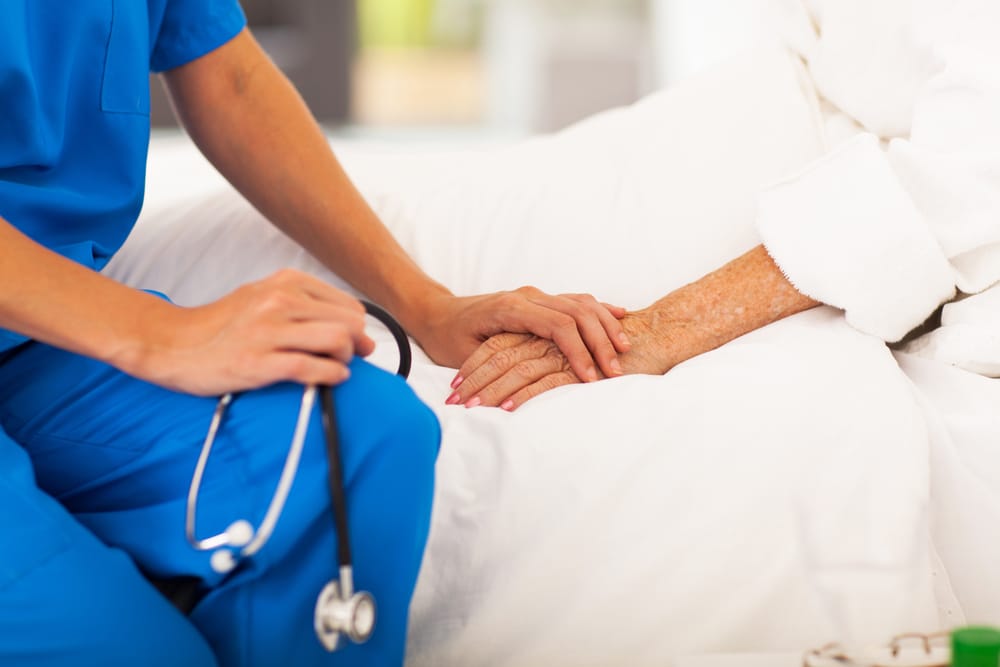Healthcare for women today is no better than the healthcare our mothers, grandmothers and even great-grandmothers received decades ago. Access to healthcare services for women living in rural America remains low, gender bias continues to affect treatment and diagnosis, and the quality of care is declining.
Working in a rural health clinic, I have witnessed firsthand the disparities in women’s healthcare – a particular concern being how the lack of preventative care in these rural areas can lead to serious health concerns like breast cancer, cervical cancer, obesity, diabetes, heart disease and many other chronic diseases. There is also apparent and unacceptable gender-biased care for female patients amongst many older male physicians on staff.
With so many aspects of our society continuing to evolve – why has rural healthcare for women lagged? Rural America represents 75% of our nation and is home to 22.8% of U.S. women aged 18 years and older. It is essential that care be accessible to these portions of our U.S. population and beyond. It’s time that we as providers, healthcare professionals, and policymakers do better.
The problem we’re facing: past and present
Since 1940, numerous studies have shown that women report higher rates of symptoms, illness, disability and medical care utilization than men. However, women’s healthcare access is continually faced with barriers despite high need.
In rural America, access to healthcare is scarce for every demographic due to limited facilities, staffing shortages, hospital closures, and long travel distances to healthcare centers. On top of these challenges, women in rural America experience additional barriers to care. Imagine being a young woman living in rural America in the 1980’s: the nearest healthcare facility is 30 miles away, and you are dependent on your spouse or parents to drive you to see the family doctor when time allows from work or daily chores on the farm. These challenges remain today, with barriers like limited access to childcare, long travel times, gender bias and more impacting women’s healthcare access.
Gender Bias in Healthcare
Gender bias has greatly impacted the healthcare women receive. For instance, women are more likely to wait long periods of time for a health diagnosis and to be told it’s “all in their heads”. It has been shown that women may have to wait on a diagnosis much longer than the average male patient, often by more than ten months or more. This can be lethal: diagnostic errors cause 40,000-80,000 deaths in the U.S. alone.
A woman’s symptoms, from unexplained pain to reproductive health concerns, may be misunderstood by unconscious bias seen still in today’s healthcare. Perceptions of women being “emotional”, or the “weaker gender” still remain, even if subconsciously, and can impact quality of care. We all know that pain is an objective symptom, not well explained and cannot be measured except by the person experiencing it. The tendency to attribute physical complaints from women to mental illness has its roots in the history of ‘hysteria’ – a mythical female “disorder” that, over the centuries, was blamed on a ‘wandering womb’ or sensitive nerves and eventually, post-Freud, came to be seen as a psychological problem.
Due to these existing biases, many women patients have historically withheld symptoms and concerns out of fear they would not be taken seriously. If providers do not take a patient’s symptoms seriously, and if patients don’t feel empowered to report their symptoms, accurate diagnosis will be prevented and delayed, ultimately hindering patient outcomes.
Fast forward to today’s female patient seeking answers. Why is she is gaining weight despite the ongoing attempts to diet and exercise? Why is she feeling fatigued and having generalized muscle pain when nothing appears to be visibly wrong? She undergoes basic lab testing once again, and they come back normal. She is told everything fine. Is anyone listening? And so, the cycle begins – she misses out on the preventative care that is so important at yearly checkups, symptoms persist, and her diagnosis comes too late.
Finally, someone is listening
So why is women’s rural healthcare so complicated? The Rural Health Care Information Hub reports that it begins with poverty rates, which can make it difficult for participants to pay for services or programs. Additionally, cultural and social norms surrounding health behaviors can be related to low health literacy levels and incomplete perceptions of health.
A gender-sensitive approach to health service provision is essential because women and men use healthcare services differently. Men and women have different healthcare needs and different health seeking behaviors.
Over the past few years, the rise of digital technology and telehealth has improved healthcare access. Women are feeling empowered by the ability to connect with their physicians from the comfort of their homes, removing the challenge of having to load up their children or take time off from work for an appointment. Telehealth offerings have not only improved access but have also increased flexibility and comfort.
In addition, increased mental health awareness and education on gender bias has empowered women to speak up more about their own journeys, finding bravery in telling their stories. Telehealth offerings have made mental health treatment access more available to all, resulting in reduced stigma and better care options for battling certain health concerns.
Finally, someone is listening. But we still need to do better.
I am hopeful that ongoing awareness will lead to guidance for healthcare workers, policy makers, and public health professionals to implement best practices for improving access to healthcare for women in rural America. Gender bias affects diagnosis, treatment, and health outcomes, reducing the quality and effectiveness of healthcare. To address, organizations and institutions need to commit to changing their policies and practices.
Jean Clapham (ANRP) is the U.S. Clinical Regional Manager at Babylon Health. She has been a Nurse Practitioner for 7 years practicing in multiple rural states.

Jean Clapham
Jean Clapham (ANRP) is the U.S. Clinical Regional Manager at Babylon Health. She has been a Nurse Practitioner for 7 years practicing in multiple rural states.







